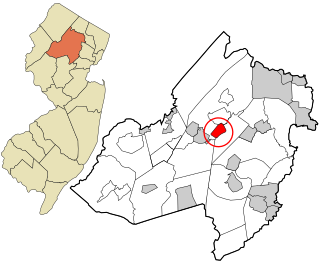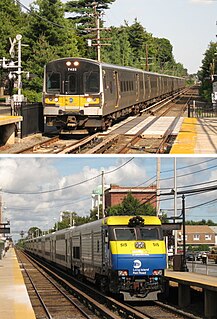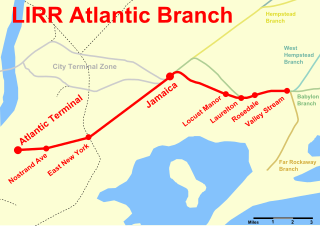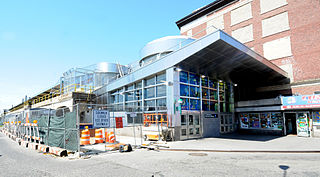
Rockaway is a term applied to two types of carriage: a light, low, United States four-wheel carriage with a fixed top and open sides that may be covered by waterproof curtains, and a heavy carriage enclosed at sides and rear, with a door on each side. The name may be derived from the town of Rockaway, New Jersey, where carriages were originally made. [1] It is featured in Melville's short story "Bartleby" as the narrator's mode of transport while avoiding the landlords and tenants looking for help in kicking Bartleby out.

A carriage is a wheeled vehicle for people, usually horse-drawn; litters (palanquins) and sedan chairs are excluded, since they are wheelless vehicles. The carriage is especially designed for private passenger use, though some are also used to transport goods. A public passenger vehicle would not usually be called a carriage – terms for such include stagecoach, charabanc and omnibus. It may be light, smart and fast or heavy, large and comfortable or luxurious. Carriages normally have suspension using leaf springs, elliptical springs or leather strapping. Working vehicles such as the (four-wheeled) wagon and (two-wheeled) cart share important parts of the history of the carriage, as does too the fast (two-wheeled) chariot.

Rockaway is a borough in Morris County, New Jersey, United States. As of the 2010 United States Census, the borough's population was 6,438, reflecting a decline of 35 (-0.5%) from the 6,473 counted in the 2000 Census, which had in turn increased by 230 (+3.7%) from the 6,243 counted in the 1990 Census.
But the Long Island Museum of Art, American History and Carriages, located in Stony Brook, New York, has a different explanation of the name. According to the Museum, the carriage was designed and built in Jamaica, Queens—a major hub for New York City residents traveling to Long Island for recreation—and was called the Rockaway because it was used to shuttle passengers between Jamaica and the Atlantic Ocean beaches of Long Island's Rockaway Peninsula.

Stony Brook is a hamlet and census-designated place (CDP) in the Town of Brookhaven in Suffolk County, New York, on the North Shore of Long Island. Begun in the colonial era as an agricultural enclave, the hamlet experienced growth first as a resort town and then to its current state as one of Long Island's major tourist towns and centers of education. Despite being referred to as a village by residents and tourists alike, Stony Brook has never been legally incorporated by the state. The population was 13,740 at the 2010 census.

Jamaica is a middle-class neighborhood in the New York City borough of Queens. The neighborhood is part of Queens Community Board 12, which also includes Hollis, St. Albans, Springfield Gardens, Baisley Pond Park, Rochdale Village, and South Jamaica. The NYPD's 103rd, 113th & 105th Precincts patrol Jamaica.

The City of New York, often called New York City (NYC) or simply New York (NY), is the most populous city in the United States. With an estimated 2017 population of 8,622,698 distributed over a land area of about 302.6 square miles (784 km2), New York City is also the most densely populated major city in the United States. Located at the southern tip of the state of New York, the city is the center of the New York metropolitan area, the largest metropolitan area in the world by urban landmass and one of the world's most populous megacities, with an estimated 20,320,876 people in its 2017 Metropolitan Statistical Area and 23,876,155 residents in its Combined Statistical Area. A global power city, New York City has been described as the cultural, financial, and media capital of the world, and exerts a significant impact upon commerce, entertainment, research, technology, education, politics, tourism, art, fashion, and sports. The city's fast pace has inspired the term New York minute. Home to the headquarters of the United Nations, New York is an important center for international diplomacy.











